Galerie Fasciati, Chur
Davos is a Verb, Planetary Upgrade Fair
Solo exhibition – Cul de Sac

Introduction
Machines are looking at us. Computer-controlled cameras keep an eye on us, but often we don’t pay any attention. Moments of reality are collected, one moment not more important than another. This wealth of visual information is systematically examined and analysed to find a deviation, something faulty, or is stored for future use. In our digital society, machines have made humans redundant when it comes to surveillance. The Swiss artist Jules Spinatsch makes use of automated collected imagery and structures them differently: as a panorama, groups, or sequences of single images. Regardless of the chosen form, that range from site specific photograhic Installations to artist’s books Spinatsch’s works offer us a speculative view on reality and the chosen medias.
In the Surveillance Panorama projects, he placed automated cameras in carefully chosen arenas, for example at the Opera Ball in Vienna for Vienna MMIX (2009), at a city council meeting in Toulouse for Fabre n’est pas venu (2008) or in a watchtower in a prison in Mannheim to produce Panopticon JVA (2015). The cameras are programmed to record up to several thousand images according to a grid, and afterwards the single images are chronologically assembled into one large panorama. The result is a contradictory combination of control and failure. Asynchronous III (2012) uses the same method, referring to certain episodes in the history of nuclear technology from the Cold War to today. For Inside SAP (2016), the artist enhanced his computer-controlled camera method into a work that demonstrates its own analyses. This works feature also in Jules Spinatsch exhbition at the Starmach Gellery.
For Krakow Photomonth 2018, Jules Spinatsch developed a new presentation of his Vienna MMIX project: The Spiral Panorama. Two copies of the original book have been cut up, and the 10,008 images are pasted inside a spiral shaped wall. On the one hand, the Spiral relates to the original presentation of this work as a circular panorama, while on the other the artist surprises us with a dead end. Is it a road referencing Roman Polanski’s film Cul-de-sac (1966), as the title of this exhibition suggests, and an analogy to the overwhelming stream of data?
Text by curator Iris Sikking
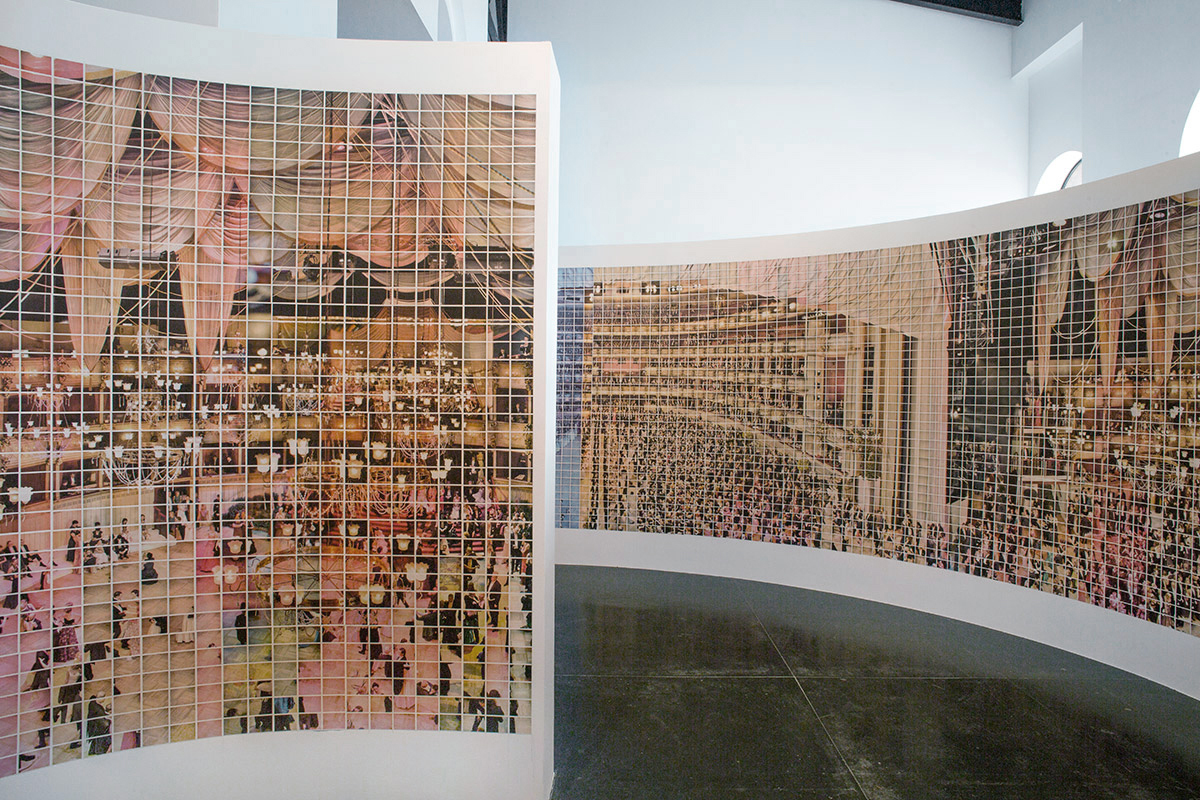
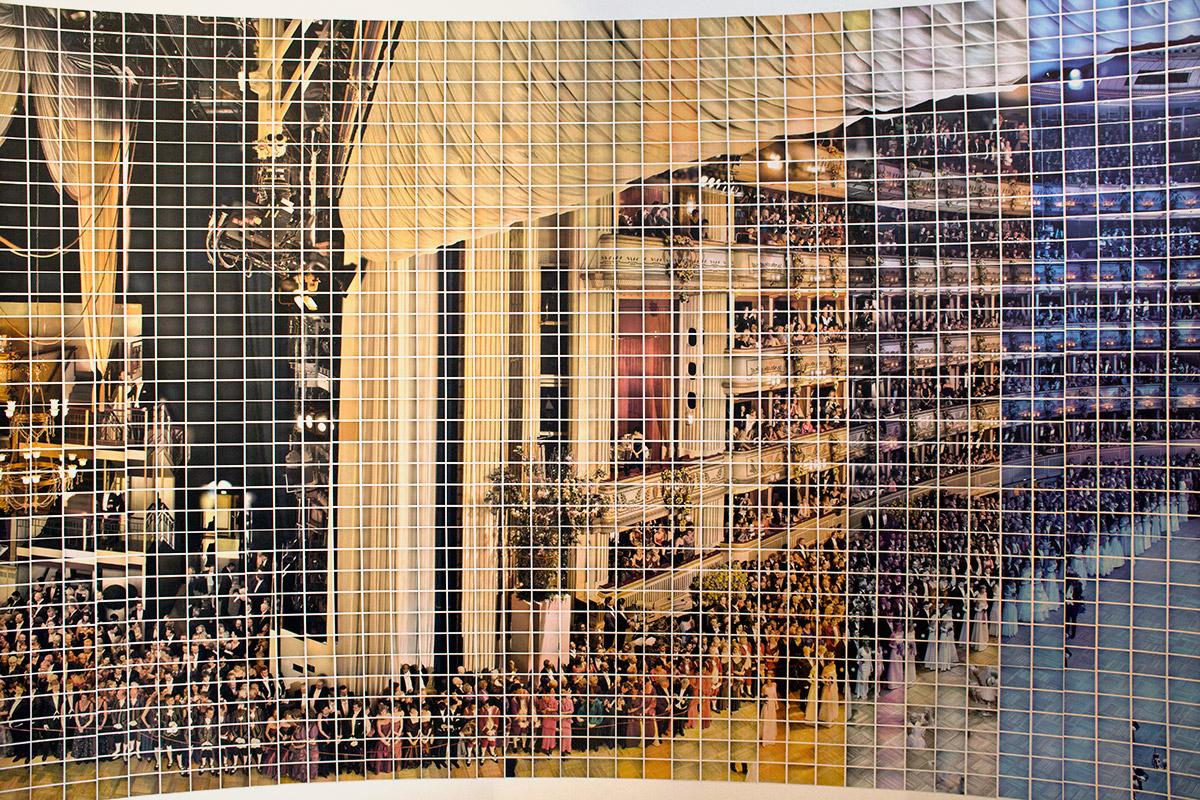

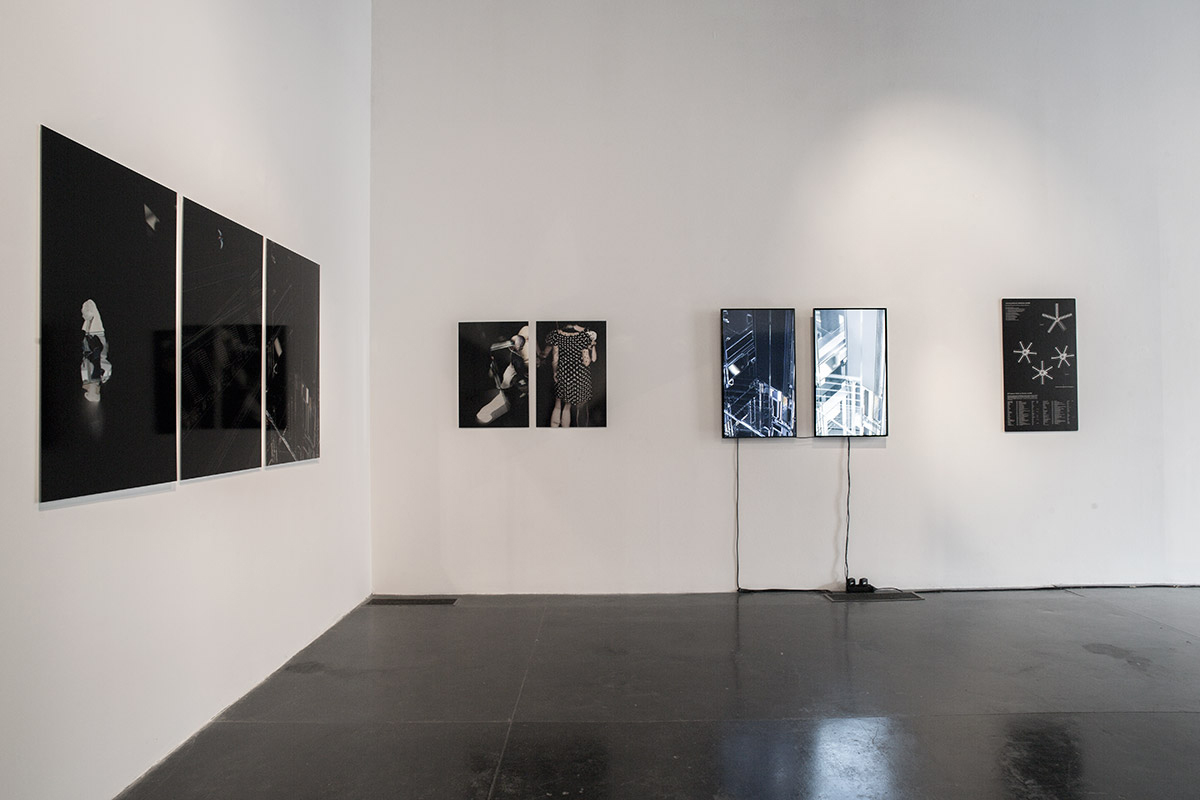



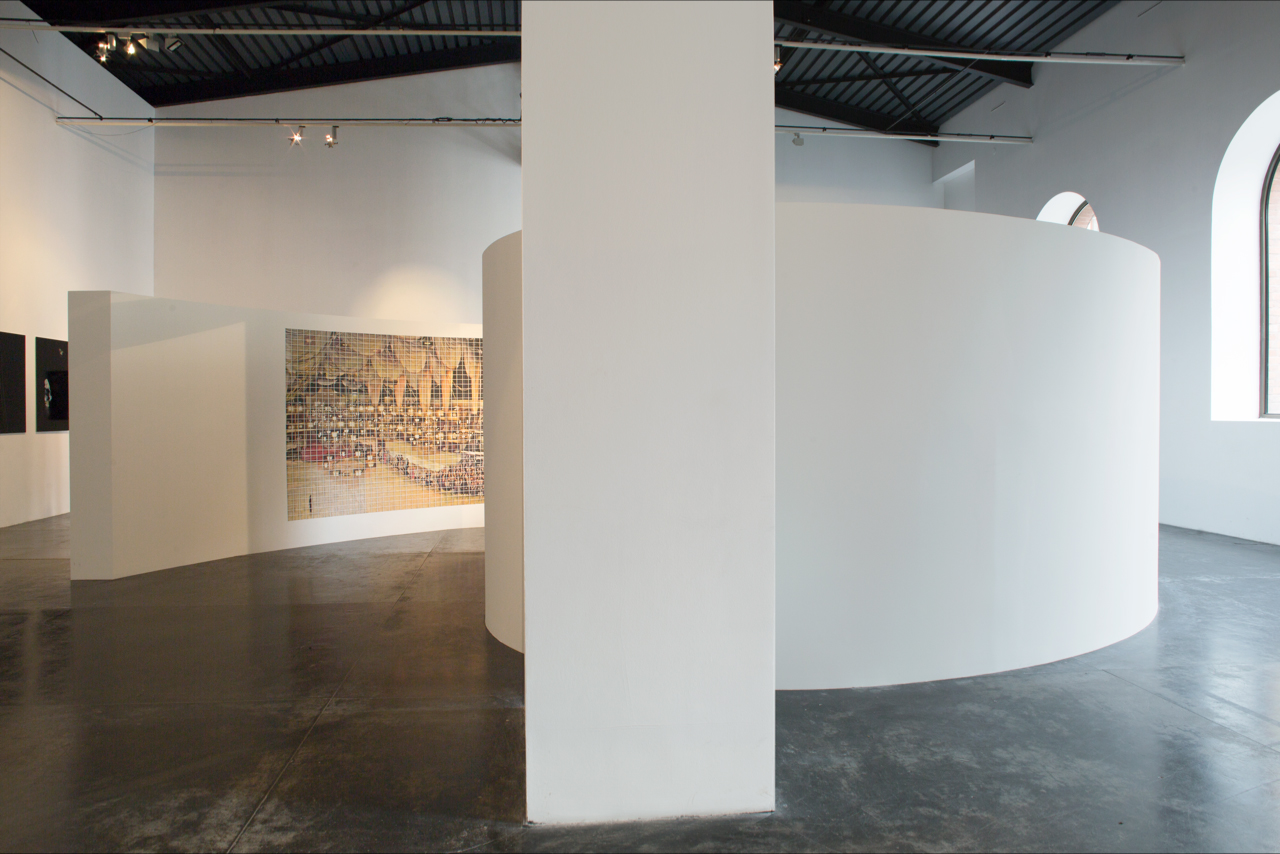
Generously supported by Pro Helvetia
Afterglow
Donnerstag, 1. Februar
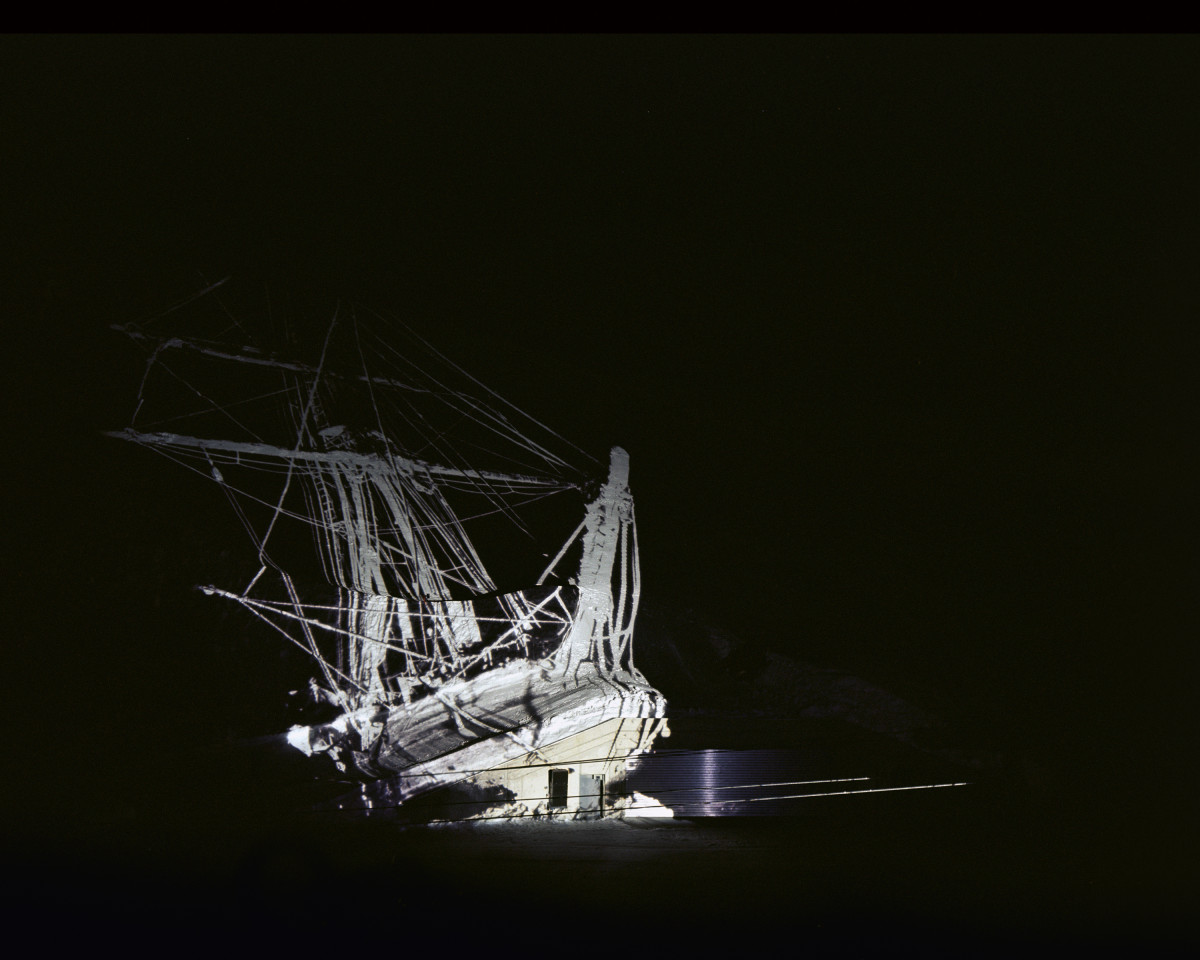
Fotografie-Ausstellung von Jules Spinatsch, parallel zu seiner Einzelausstellung SUMMIT in der Christophe Guye Gallerie.
Dabei werden sämtliche Monografien und auch letzte Exemplare vergriffener Editionen erhältlich sein.
Podiumsdiskussion Buch? Ausstellung? Instagram? Ist das Medium die Message?
mit Thomas Seelig, Tamara Janes und Jules Spinatsch
Ausstellungseröffnung: 18 Uhr, Podiumsdiskussion: 19 Uhr
Never
Stop
Reading
Buchhandlung Spiegelgasse 18 / Untere Zäune, 8001 Zürich
Öffnungszeiten: Di–Fr 10–20, Sa 10–17
Aus dem Archiv der Stadtpolizei Zurich 1976 – 1989

Das Buch ist im Buchandel vergriffen / The book is sold out – Last copies available from the artist: luna@jules-spinatsch.ch
Aus dem Archiv der Stadtpolizei Zürich 1976–1989
Philipp Anz, Jules Spinatsch, Viola Zimmermann – Editors
1976 begann das Kriminalkommissariat III, die Staatsschutz-Abteilung der Stadtpolizei Zürich, eine Kartei „Schmieren / Kleben‘ anzulegen. Darin wurden politische Parolen, Farbmalereien, gesprayte Sprüche oder illegale Kunstaktionen, unter anderem von Harald Naegeli, erfasst, die alle den Tatbestand der Sachbeschädigung erfüllten. Die Polizisten im Einsatz fotografierten die „Schmierereien“ und hielten die Taten auf Karteikarten fest. In der Kartei finden sich gegen 2000 Schwarz-Weiss-Fotos aus den Jahren 1976 bis 1981 und die dazugehörigen Karten; weitergeführt wurde sie noch bis 1989. Dann wurde das KK III im Zuge der Fichenaffäre und der Überprüfung durch eine parlamentarische Untersuchungskommission aufgelöst.
Schmieren / Kleben zeigt 700 dieser Fotos und sämtliche Karteikarten. Ein Glossar erklärt die Zusammenhänge von Parolen, Symbolen und Personen. Es ist ein einmaliges Dokument der Stadt Zürich jener Jahre, von politischen Strömungen wie der Frauen- oder Antiatombewegung angefangen, über die Auseinandersetzung mit dem Terrorismus, internationalen Konflikten bis hin zu Subkulturen und Aktionen im öffentlichen Raum. Zudem lässt sich verfolgen, wie sich die Spannung zwischen der Stadt und ihren Jugendlichen aufbaute und schliesslich 1980 im Opernhaus-Krawall und den darauffolgenden Jugendunruhen entlud, die Zürich nachhaltig verändert haben.
26. April 20:00, Buchvernissage, KOSMOS Zürich, Musik mit DJ Punky.
ENGLISH
In 1976 Commissariat III, the state security department of the Zürich police, started a file called “Schmieren /
Kleben” — literally “Scrawling / Pasting”, i.e. graffiti /posting of bills. The file encompassed political slogans, illegal happenings, sprayed murals and sayings, some by Harald Naegeli, all of which constituted “willful damage to property”. The police took pictures of the “scribbles” and documented the offences on index cards. The file contains roughly two thousand black-and-white photos from the years 1976 to 1981 and the corresponding index cards, though the file was kept open till 1989. Commissariat III was disbanded that year in the wake of the Fichenaffäre (a scandal caused by the 1989 revelation of secret files for mass surveillance of “anti-Swiss elements”) and the ensuing parliamentary inquiry.
Schmieren / Kleben shows seven hundred of the photos and all the index cards in the file, as well as a glossary explaining the connections between slogans, symbols and people. This is a unique official record of Zürich during that period, going from the women’s lib, anti-nuclear and other political movements, followed by reactions to the War on Terrorism and international conflicts, to the emergence of various subcultures and public activism. The files also reflect the mounting tensions between the city and its youth that came to a head in the Opernhauskrawalle, the May 1980 riots at Zürich’s opera house, followed by youth protests throughout the city, which permanently changed Zürich.
Halbautomat II – Endspiel with collateral booklet Vol. 2
Halbautomat II – Endspiel with collateral booklet Vol. 2
For future Reference – Curated by Lars Willumeit
For future Reference – Curated by Lars Willumeit
Serie of 24 untitled posters on public billboards – Kettweg, Chur
Serie of 24 untitled posters on public billboards – Kettweg, Chur
ASYNCHRON – Zwischenstand 5 Episoden zur Geschichte der Nukleartechnologie
ASYNCHRON – Zwischenstand
5 Episoden zur Geschichte der Nukleartechnologie
Drohne, the automated image, Curated by Paul Whombell
Drohne, the automated image, Curated by Paul Whombell
Halbautomat – semiautomatic photography with collateral booklet
Halbautomat – semiautomatic photography
with collateral booklet
NEW PHOTOGRAPHY 2006: Barbara Probst, Jules Spinatsch, Jonathan Monk